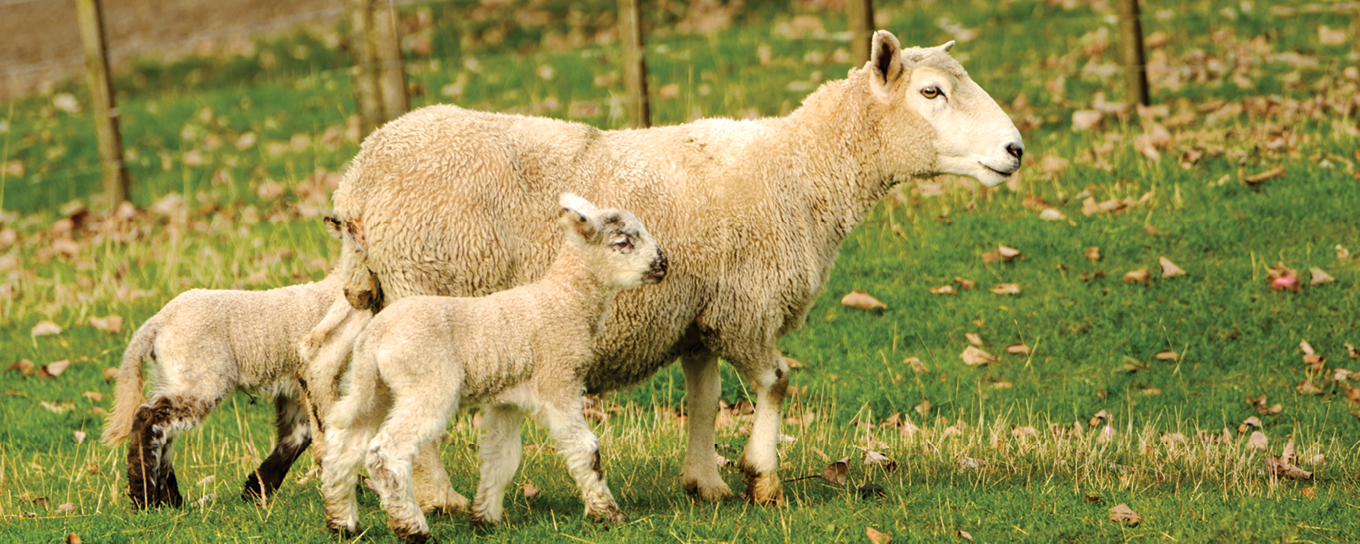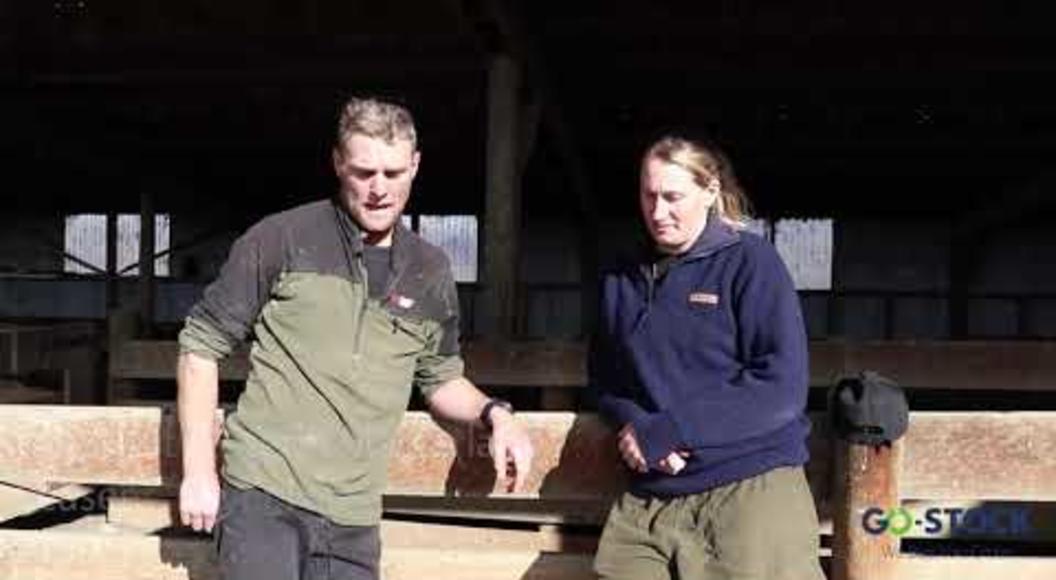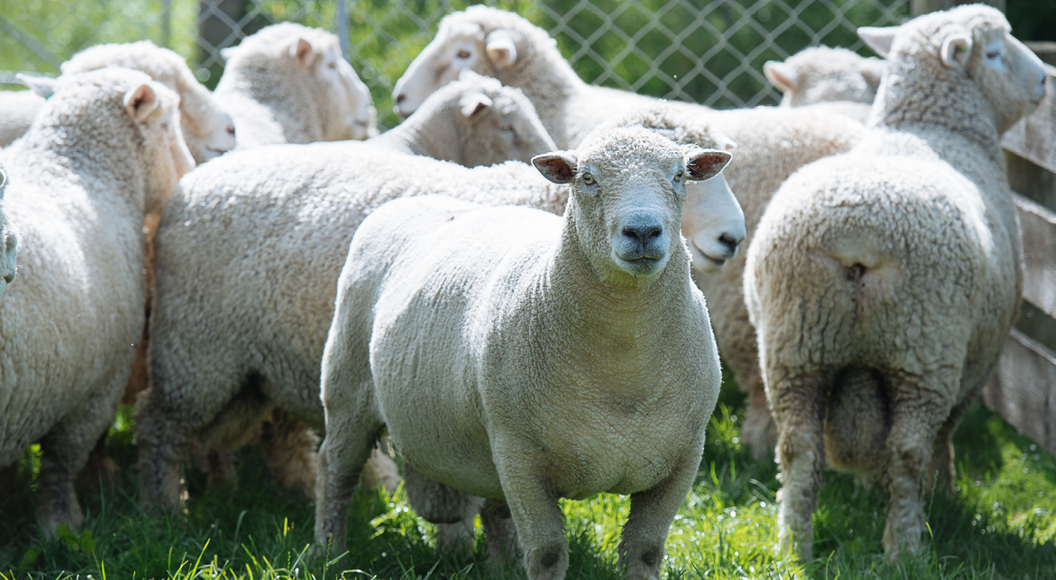
Influencing lamb survival
Now that ewes are pregnant, the focus turns to maximising the survival of lambs to ensure profitability of the sheep breeding system.
Placental development influences lamb birthweight, which in turn strongly determines survival rates post birth. The development of the placenta between 30 to 90 days has the greatest effect on subsequent birthweights of lambs. Bodyweight loss in the ewes during this zone of greater than 5 kg (approximately half Body Condition Score (BCS) unit or more) has been linked with lower birthweights, particularly in multiple lambs, and with survival of these lambs impacted.
Ewes need to eat approximately 1.3 to 1.5 kg DM of good quality grass to maintain pregnancy through this early to mid-point of pregnancy. If areas are short of available feed and the temptation is to restrict feed intakes during this stage, then lamb birth weights can be severely impacted.
Ultrasound scanning occurs between days 60 to 90 of pregnancy. This gives important information on status and helps identify multiple carrying ewes which have higher energy demands as pregnancy proceeds.
This scanning process provides an opportunity to physically BCS ewes while in the yards. Separate light ewes below BCS 3 and preferentially feed with energy dense, high protein feed in the next 30 days before rumen fill is restricted by the rapidly growing foetuses in the last month of pregnancy.
If quality feed is short in supply, then serious consideration of supplementary feed, for instance sheep nuts or dehydrated molasses blocks containing bypass protein, are good options for providing extra nutrients. Introduce slowly to this high priority group.
Foetal growth in the last 50 days of pregnancy is rapid and coincides with significant udder development by the ewe for subsequent colostrum production and lactation. Rumen space is restricted resulting in an inability to physically eat enough energy or protein for the demands of the multiple foetuses. Feed restriction at this stage of pregnancy increases metabolic problems for the ewe, and results in poor milk quality and quantity for the lactation. With severe feed restrictions, ketosis (sleepy sickness) or hypocalcaemia (milk fever) occur and result in higher rates of lamb deaths and often ewe deaths. These problems are all preventable through identifying at-risk ewes early and feeding optimally highly nutritious feeds.
Lamb deaths at lambing and in the first few days post-lambing are due to the big three: dystocia (difficult birth), starvation or exposure. Lamb birthweight, which is already set by this stage, is the main influence in the starvation/exposure complex especially in multiples.
Lambs that are small have less brown fat and are prone to the effects of hypothermia. If you come across these weak cold lambs, then immediate energy is required before you warm them up. Intraabdominal glucose administration increases survival of these lambs. Once glucose is on board, then lambs should be warmed and fed with milk once responsive.
So, the take home point to maximise the number of live lambs this spring is having ewes well fed throughout pregnancy, optimising lamb birthweight, ewe milk production and maternal behaviour. If you have any questions on lambing, contact your local PGG Wrightson Technical Field Representative.


